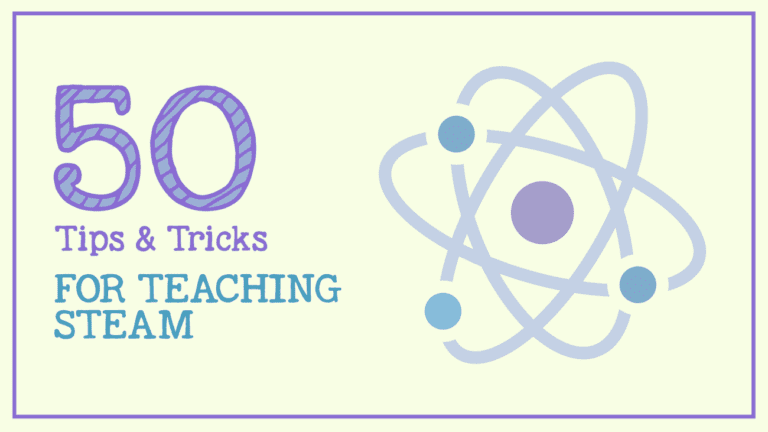Coding is no longer a mysterious, tech-geek-only skill that lies outside the realm of the classroom teacher. In fact, in many districts, coding has now become a required part of the curriculum. So how do you get started if technology is not exactly up your alley?
We talked with Jessicca Shaffer, veteran elementary teacher and STEM coordinator at Longmont Estates Elementary School in Colorado about getting started. It had been years since Jessicca had dabbled in computer science classes in college. When she became the STEM coordinator for her school, she knew it was time to dive back into learning more about coding. “I had forgotten what I’d learned so long ago, and was sure it would be too difficult for me to learn the new languages of coding,” she said.
Her advice?
Start small.
Use what you have and get proficient at that. Poke around with your iPhone or iPad and start getting comfortable working with technology in general. “You probably know more than you think you do,” Shaffer tells us. “Give yourself credit for what you already know—that may give you the boost of confidence that you need to tackle more.”
[contextly_sidebar id=”aJijJsfZttHoJEk96pokkIWm61JThydv”]
Ask for some one-on-one help.
Find a friendly co-worker or family member who is willing to be your mentor, someone who can sit down with you in a private, nonstressful situation. Most of us are loathe to admit our ignorance in front of a crowd and won’t even try!
Seek out training classes.
Take advantage of professional development in your district or look for a weekend course at your local community college. Having dedicated time set aside to focus on boosting your knowledge in a small-group setting will go a long way in developing your skills.
Try it yourself.
There are lots of options for self-paced learning on the Internet. Code.org is a great place to start. Or try websites like Treehouse or Skillcrush. Or search out teacher tech bloggers like this one.
Take the next step.
Once you feel like you have the basics down, you’ll feel confident taking the next step: introducing your students to coding. Jessicca’s principal purchased a set of kid-friendly programmable robots called Dash and Dot from Wonder Workshop The robots interact with the world using sensors. They can hear sounds, detect objects and know if you are moving them. Kids can program Dash and Dot to deliver a message to a friend, have a dance party, even navigate through an obstacle course. Kids pick up coding skills quickly because they are immediately able to see the cause and effect of what they program.
Jessicca dove in before she introduced them to her students. “I took them home and started to play,” she said. “I explored each of the apps that work with the pair and started to get excited about how I could use them with my students. They’re so user-friendly and the apps grow with my students according to their ability.”
What coding has done for Shaffer’s students:
“One of the best things about teaching young children the basics of technology is that they are fearless when it comes to learning new things,” Jessicca says. “They don’t hesitate to dive in and explore.” In fact, they found the robots so easy to use and so much fun, they “quickly became the experts,” she explains, “and are now able to teach other students how to use the apps.”
Learning with robots and apps is so hands-on, it naturally touches on the 4 C’s of 21st-century skills: critical thinking, communication, collaboration and creativity. Because of this, Jessicca says her students have been able to relate the skills they’ve learned through coding to other areas of the curriculum. “Learning to code is like figuring out a puzzle,” she says. “You can take that learning and relate it to something like a science experiment or a math problem or writing a story—they all have to flow in a logical sequence.”
What coding has done for Shaffer:
Jessicca marvels that giving her students hands-on experience with coding and witnessing what they have been able to accomplish has not only benefited them, it has boosted her confidence as a teacher. “I’ve learned to have more of the ‘well, let’s see what we can do’ attitude,” she shares, “versus the ‘I’m the teacher and need to know all’ perspective. I’ve realized that the best thing I can do for my students is continue to empower them with the tools and resources they need to continue exploring and learning.”


